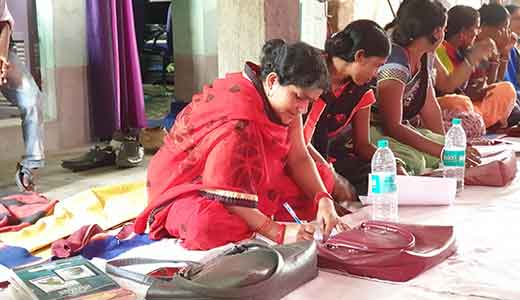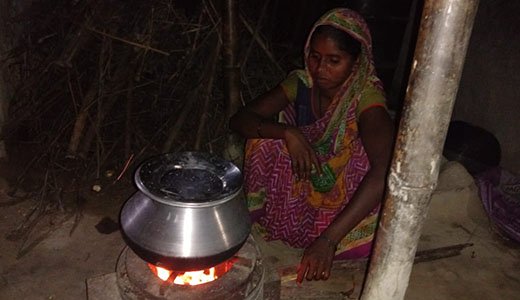Rural Electrification & Clean cooking across India
India
The integrated domestic energy project aims at establishing an ecosystem, driven by self-sustaining market value chains, for the dissemination and maintenance of integrated lighting & clean cooking technologies. The project activity includes solar-powered lighting which provides a comfortable level of illumination in one or more rooms of a house and an improved cookstove. In addition, improved cookstoves will enable the reduction in biomass fuel consumption resulting in the reduction of greenhouse gas emissions associated with the use of non-renewable biomass. The lighting from the solar panel not only provides a high-quality solution to improve rural productivity but also substantially reduces health hazards by enabling the replacement of kerosene lamps.
Background of Project
Traditionally, kerosene lamps are used in rural areas where there is little or no access to electricity from the grid. The poorly luminescent kerosene lamps are the only source of light, usually restricted to one room in the house, making it challenging to carry on daily chores of cooking, studying etc. additionally, traditional cookstoves are a major health hazard, especially for women, as they the main users of cookstoves.
The Project
The project involves providing access to clean and affordable cooking energy services in various states of India through the dissemination of improved, energy-efficient forced draft technology-based biomass cookstoves replacing the use of traditional and non-efficient biomass cookstoves. The hybrid solar and cookstove system also provides lighting in homes and a mobile charging facility.
The Benefits
One of the many goals of the project is to reduce greenhouse gas emissions through the dissemination of improved cookstoves. Impact on the region’s biodiversity is improved as the programme reduces pressure on the remaining forest reserves. Circumstances of poor families have improved since the hybrid systems reduce fuel costs.









